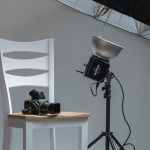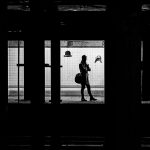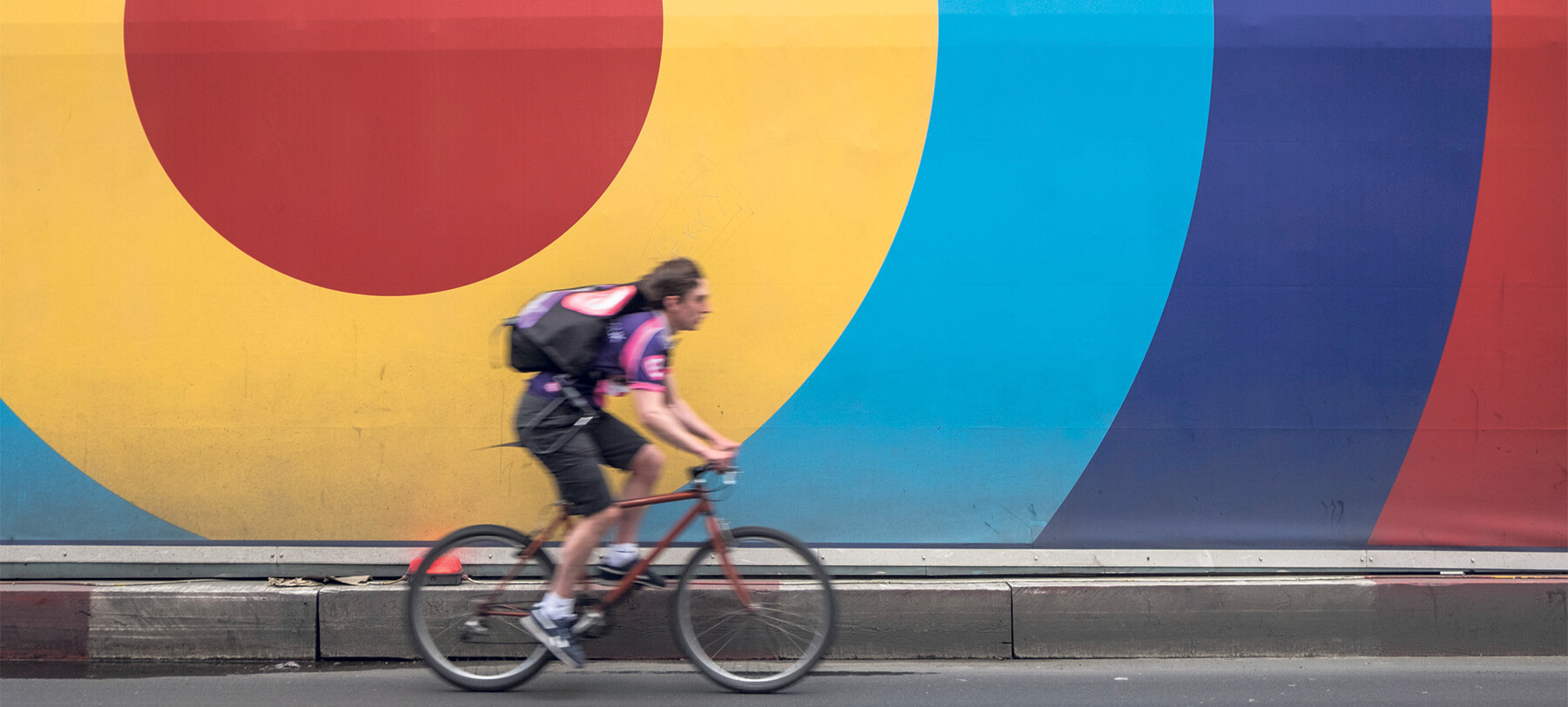
You need a standard prime lens: here’s why
The standard mid-length prime can do more than most photographers think. It’s a great all-rounder and an essential in any photographer’s kit bag.
Read time: 4 minutes
Often considered portrait lenses, the standard lens covers anything from around 40mm to 50mm, but despite preconceptions, they can be used for so much more than portraits. With that said, it would be a crime to overlook the standard lens’s abilities when it comes to photos of faces, so we’ll get that out of the way early on.
Due to its construction, the standard lens causes less image distortion than wider or longer lenses, meaning no strange widening or narrowing effect of your subject’s face and features. While this can be used to great creative effect, as shown in our wide-angle lens guide, it’s not always what you want. To flatter your subject and produce a natural look, opt for a standard lens.
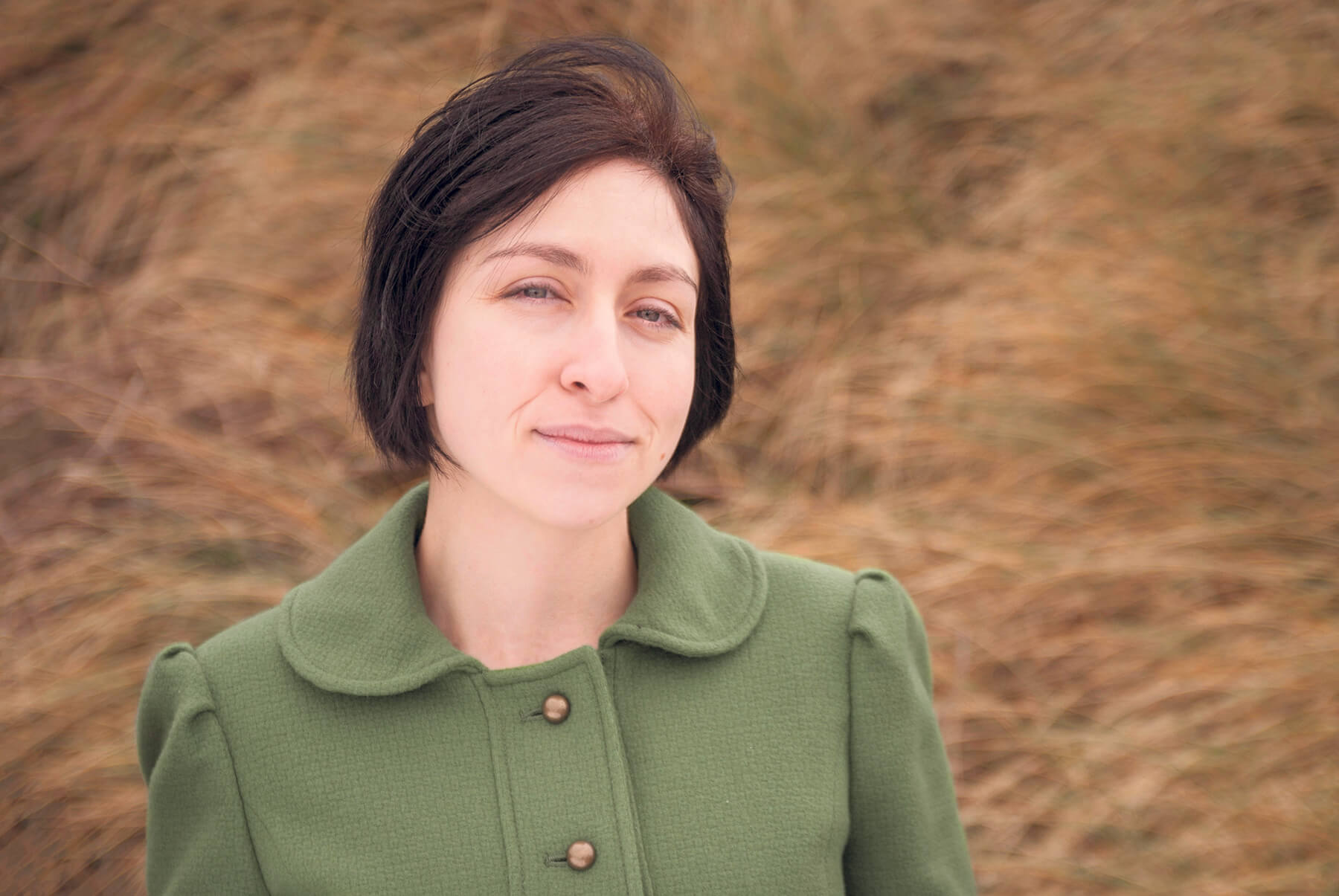
Image A flattering, distortion-free portrait (credit: Kingsley Singleton)
But with most kit lenses covering a 40 to 50mm range, why opt for a prime? Well, they’re usually more compact, and even better, they tend to be faster than zoom lenses. Again, that extra aperture is ideal for portraits, as it allows a photographer to create a shallower depth-of-field and really isolate their subject.
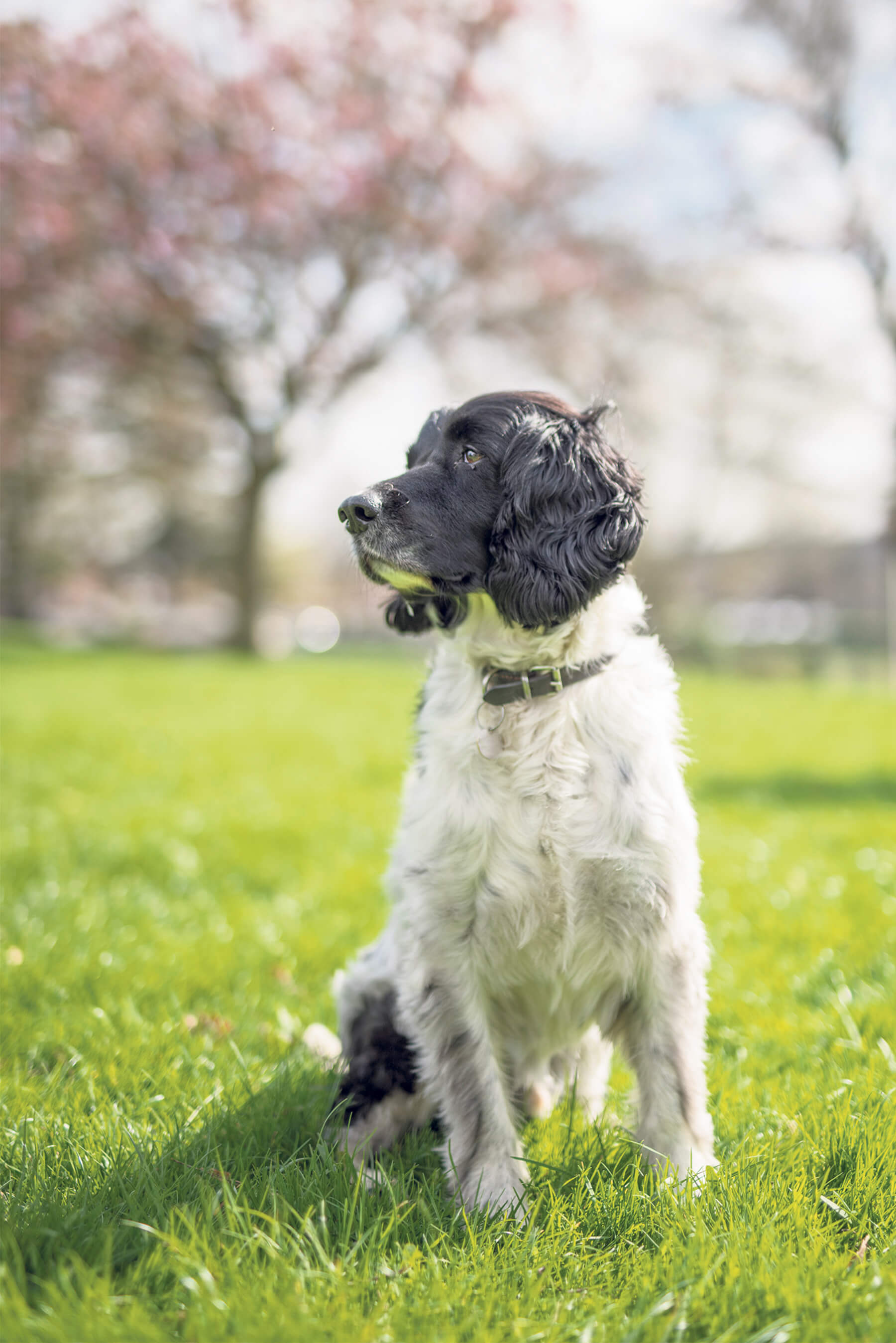
Image A shallow depth-of-field doesn’t just benefit human subjects (credit: Kingsley Singleton)
There’s more to the prime than that, though. Like, for example, the fact that a prime can improve your compositions. Without the range of framing options that a zoom lens facilitates, you’ll have to physically move with the camera to capture the shot you want. By moving around your subject, you may just find an altogether different composition that’s even better than your original.
So, what many people see as one of the main limitations of a prime lens can actually improve your photography overall. If you own a zoom lens that covers a standard range but don’t own a standard prime, try just treating your zoom as a prime by setting it to 50mm and leaving it there, at least for one session. You may be surprised by what you discover.
Click the images to see a larger view
Images Unable to get the framing he wanted (left), contributing editor Kingsley Singleton did a bit of searching and found this moody shot nearby (right)
Did you know a standard prime is a great option for street photography? As we just mentioned, a prime forces you to explore, and that’s key in street photography. The aperture is also very handy for night scenes – both practically and because of the beautiful city-light bokeh you’ll be able to capture. Perhaps best of all, though, is the natural and true-to-life look the standard focal length produces.
Standard lenses – specifically those around 50mm – replicate very similar results to a person’s field of view. As a result, shots taken with a standard lens are inherently natural to look at. This specific focal length is also ideal on the street as it allows you to distance yourself from subjects without being so far that framing of typical street compositions is inhibited.
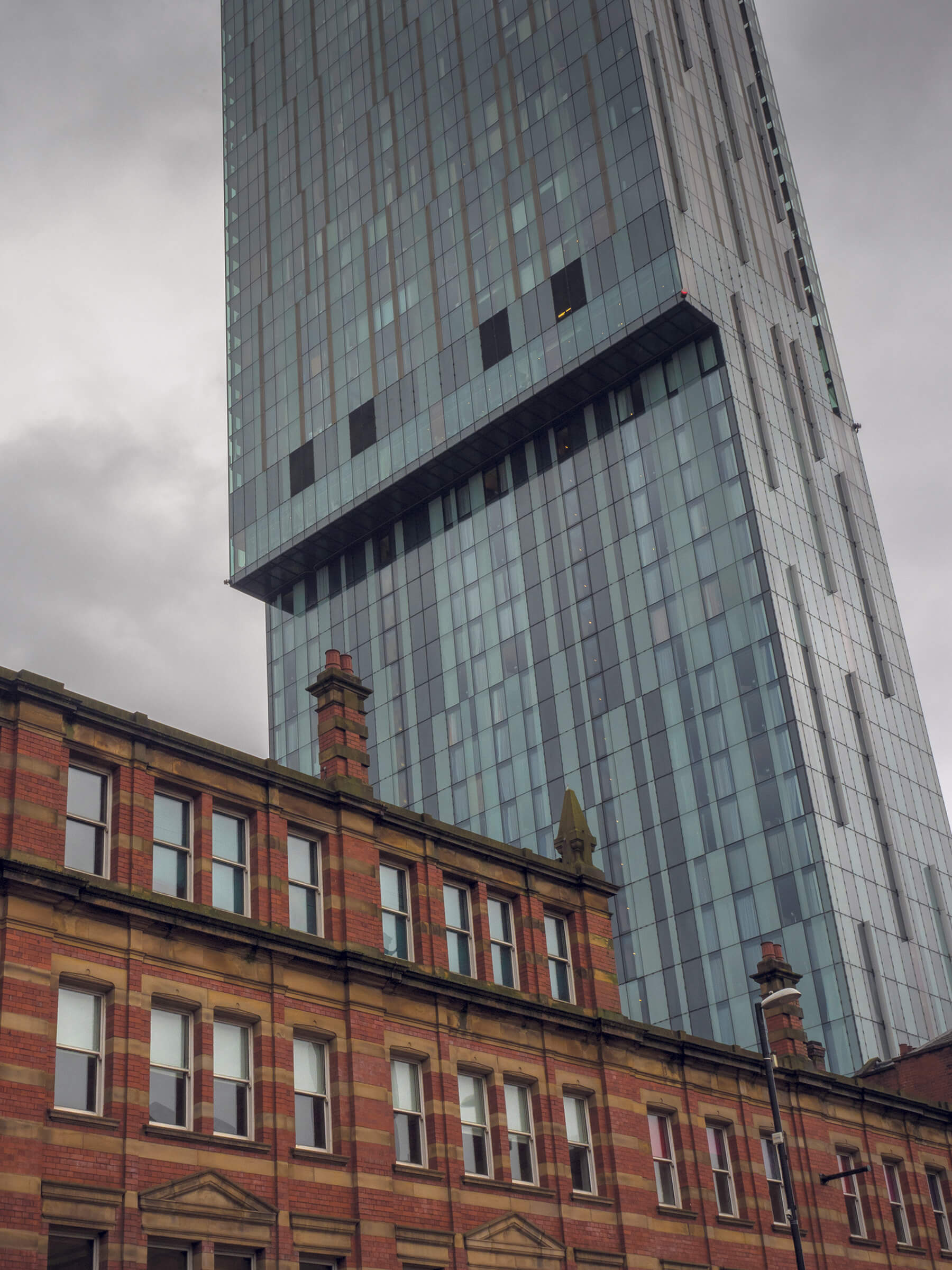
Image Another well-framed standard lens street shot from contributing editor Kingsley Singleton
This natural look can also be employed when shooting landscapes. While you won’t get the exaggerated depth outlined in our wide-angle guide, or the benefits of a telephoto, the familiar and admirable look of a 50mm certainly secures the standard lens a place in a landscape photographer’s bag.
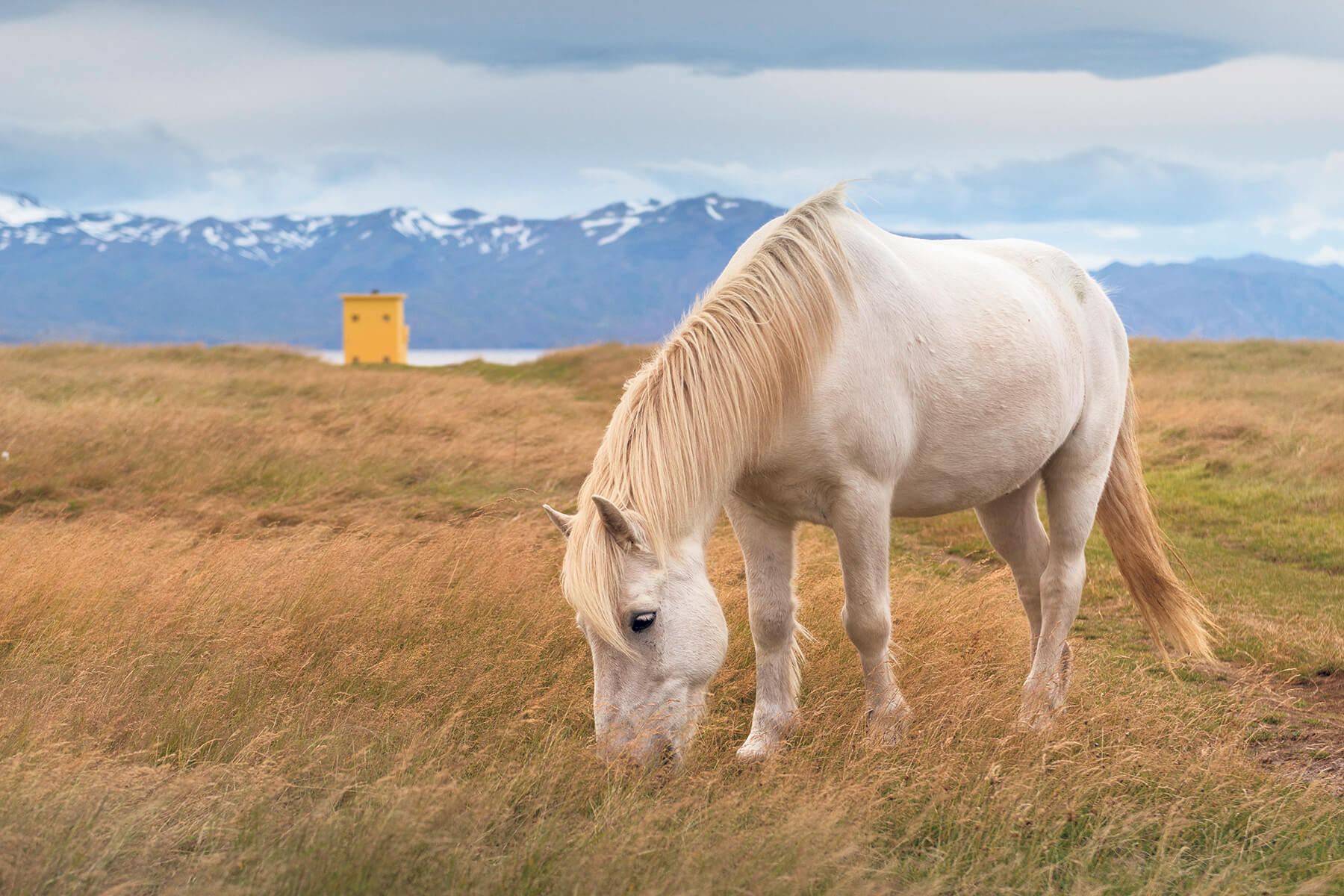
Image With a wide-angle lens, this horse’s landscape surroundings would appear much further away (credit: Kingsley Singleton)
Is standard your favourite focal length? Do you prefer primes or are you a lover of zooms? Let us know on social media and tag us in your standard lens photos, whatever your preferred genre!

